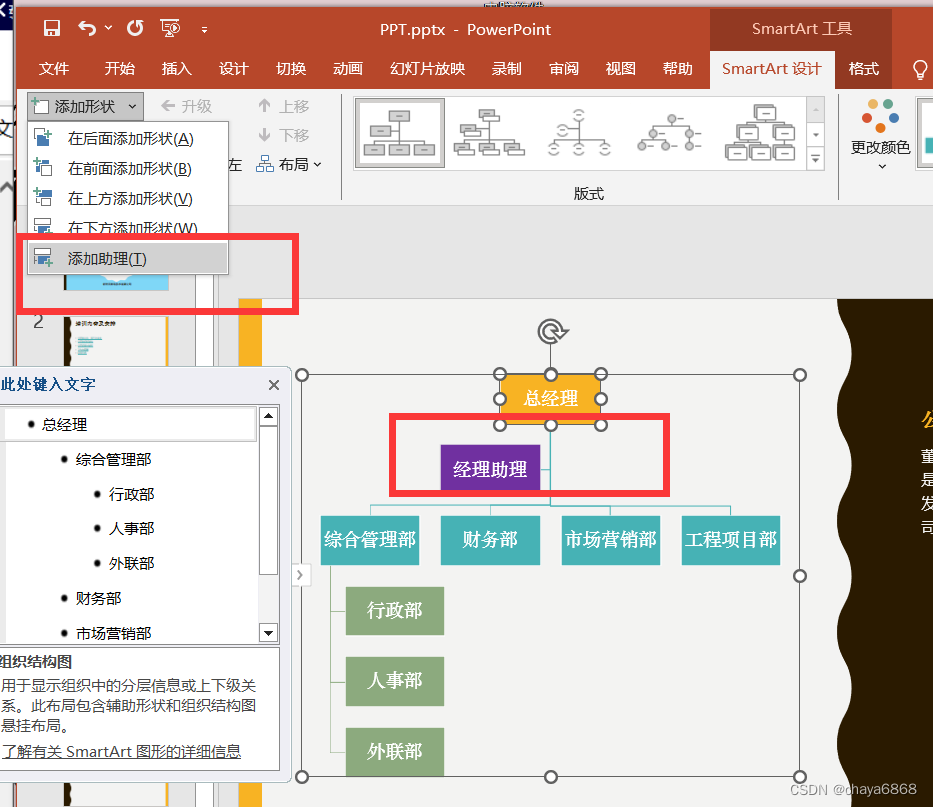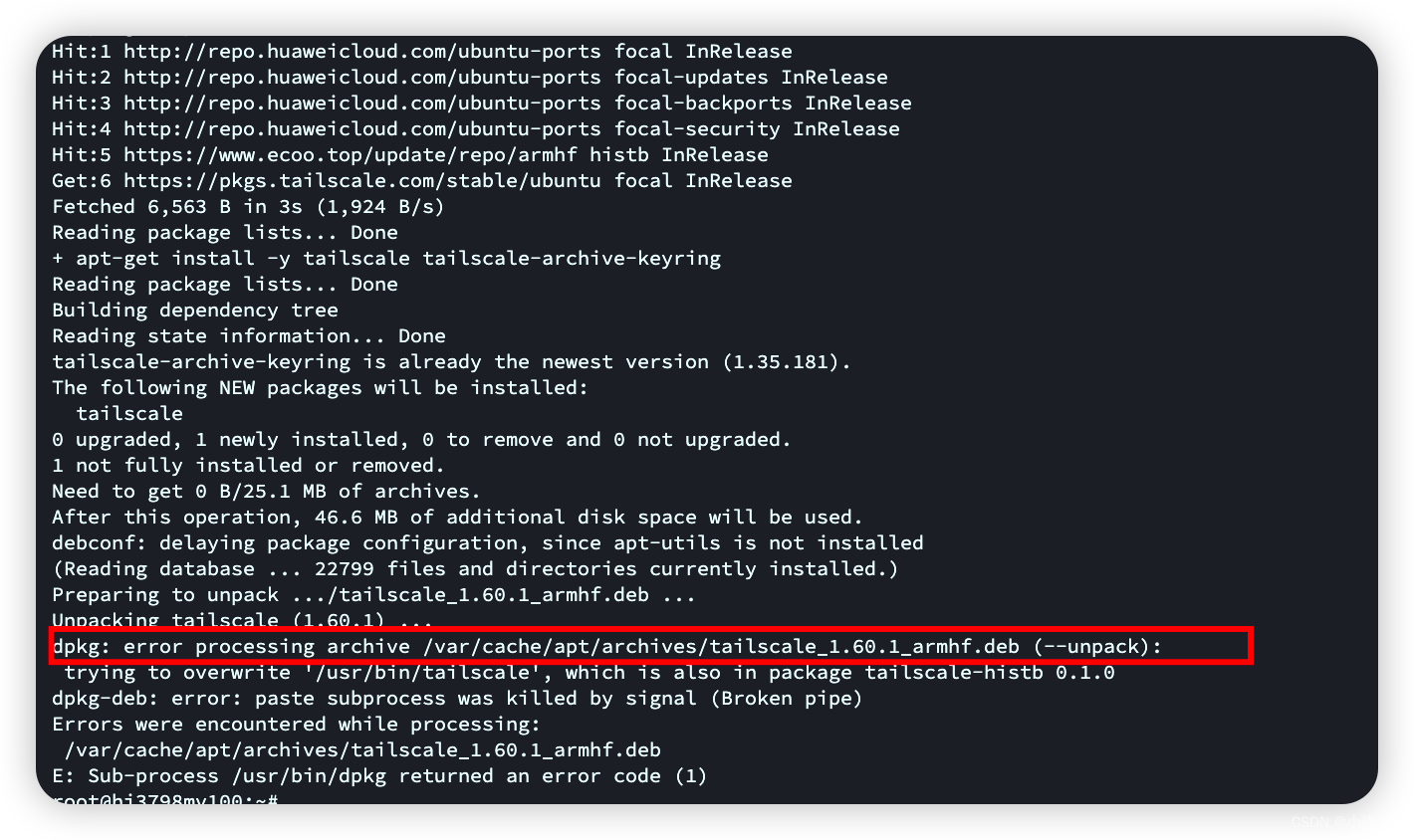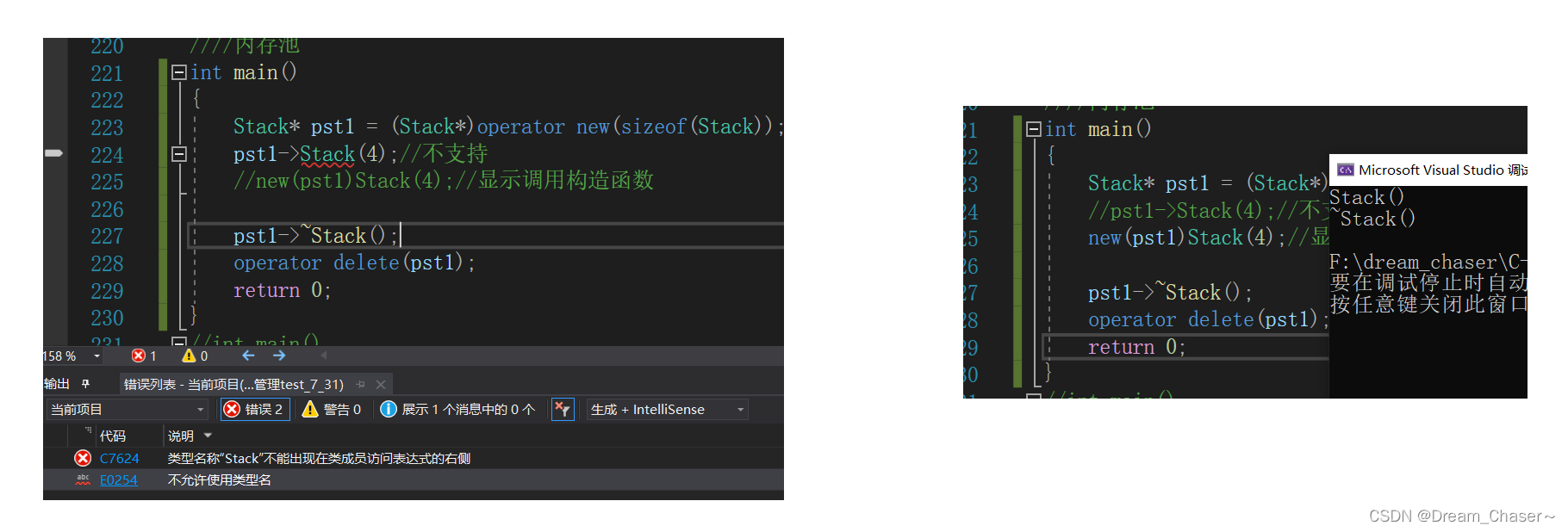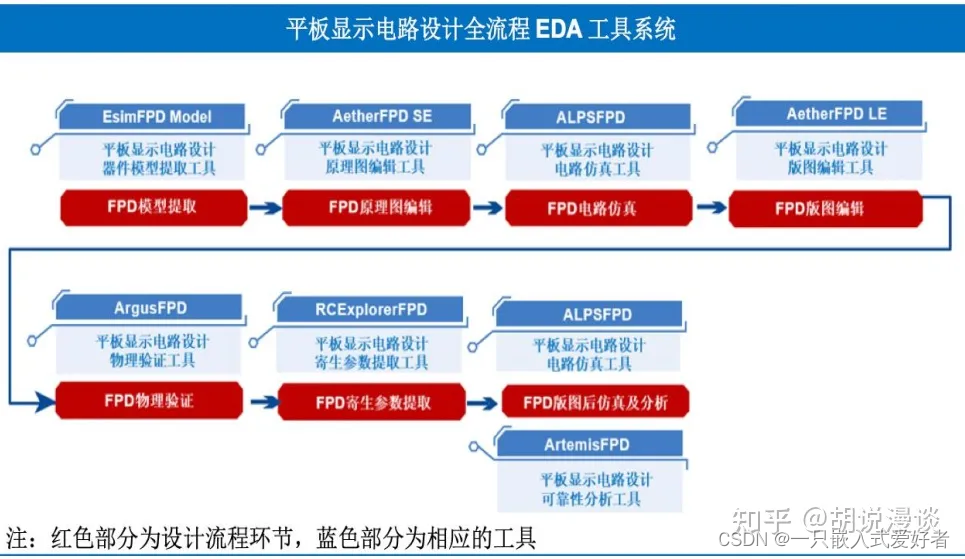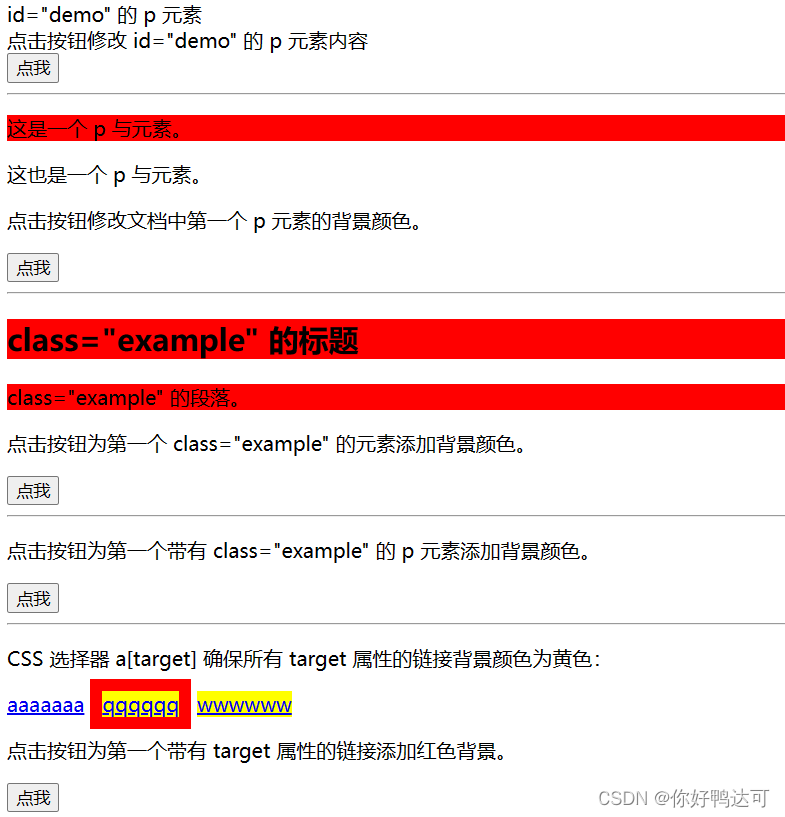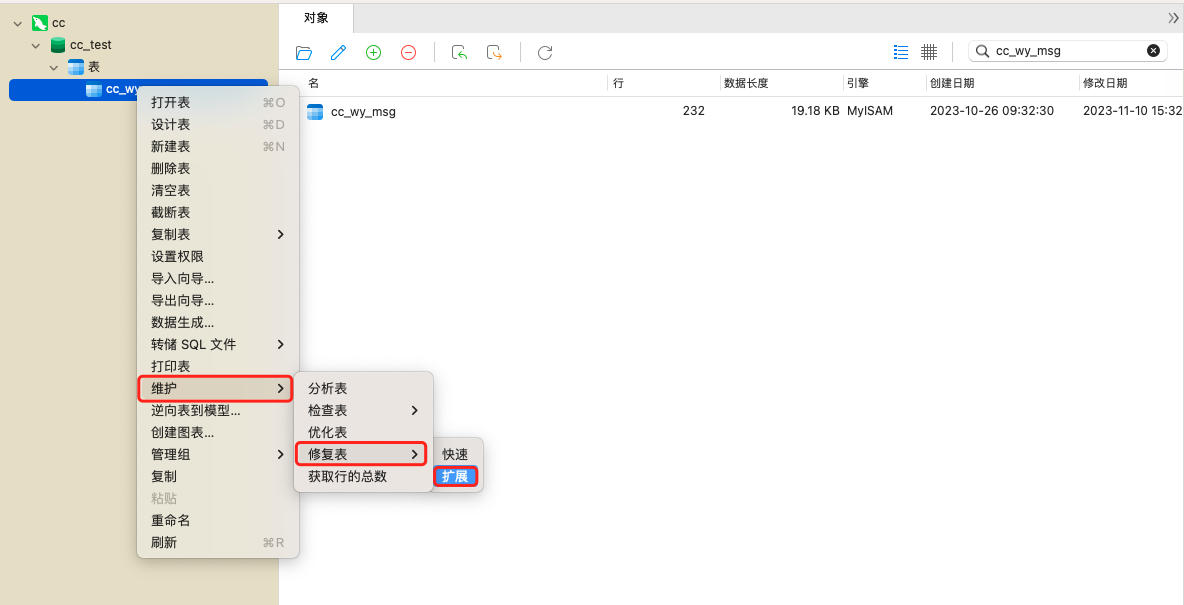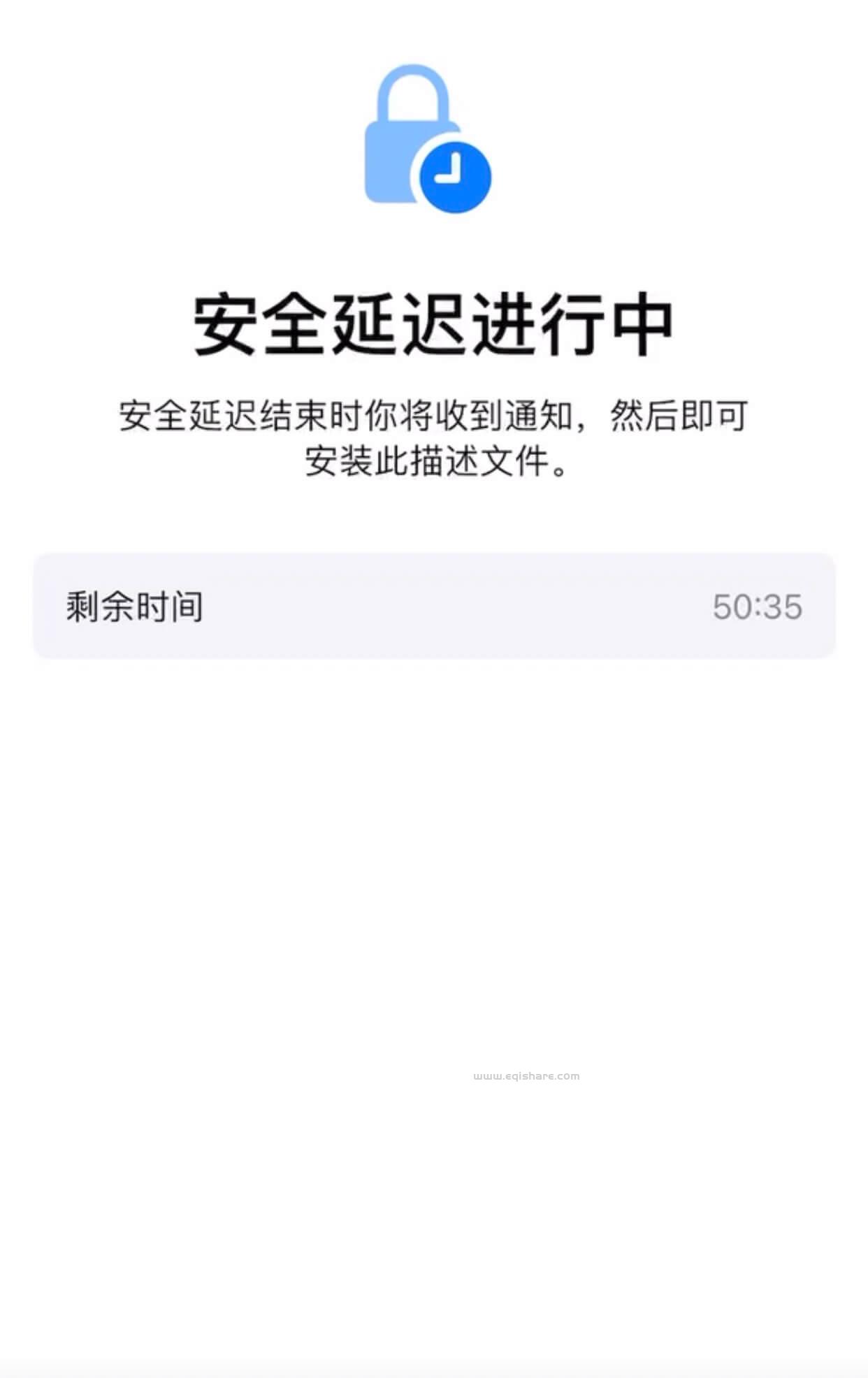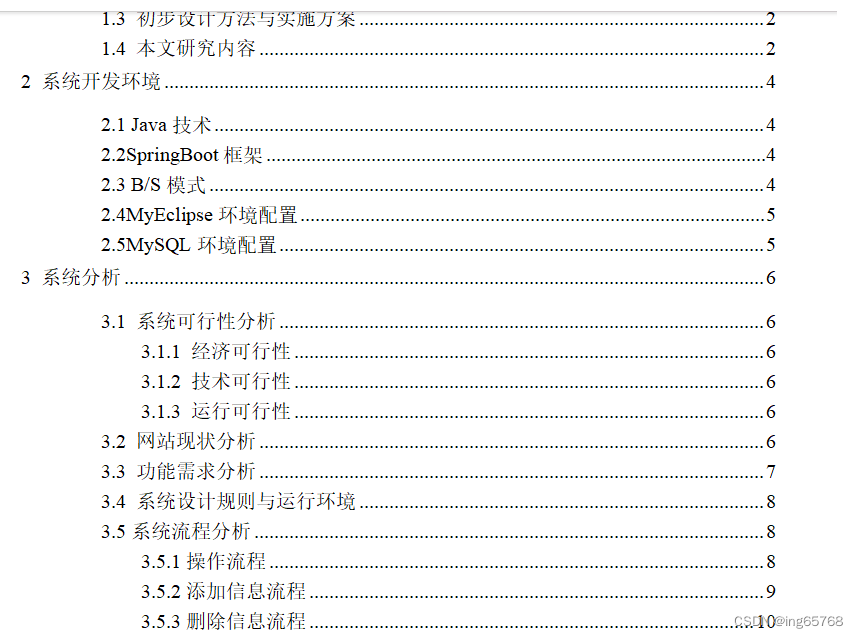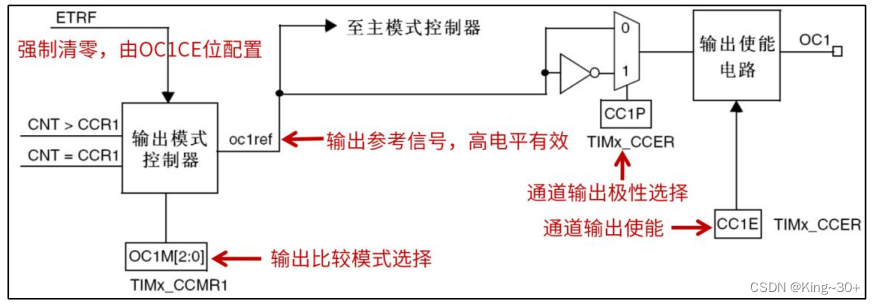文章目录
- 前言
- 一、Unity 中集成 OpenCV
- 1. 安装OpenCV plus Unity 插件
- 2. 导入 OpenCV 包
- 二、图像处理应用程序的创建
- 1. 实时轮廓检测
- 2. 粒子发射器
- 3. 碰撞区域
- 三、效果
- 四、总结
前言
Unity 和 OpenCV 是两个强大的开发工具,分别用于游戏开发和计算机视觉。结合它们可以实现一些有趣和创新的项目。本篇博客将介绍如何在 Unity 中集成 OpenCV,以及如何利用它们的结合来创建令人惊叹的应用程序。
一、Unity 中集成 OpenCV
1. 安装OpenCV plus Unity 插件
首先,我们需要在 Unity 中安装 OpenCV plus Unity插件。这个插件提供了与 OpenCV 库集成的功能,使我们能够在 Unity 中使用 OpenCV 的强大功能。

2. 导入 OpenCV 包
在安装插件后,我们需要导入 OpenCV 包到 Unity 项目中。这将包括所需的库文件和相关的脚本文件,以便我们可以开始在 Unity 中使用 OpenCV。
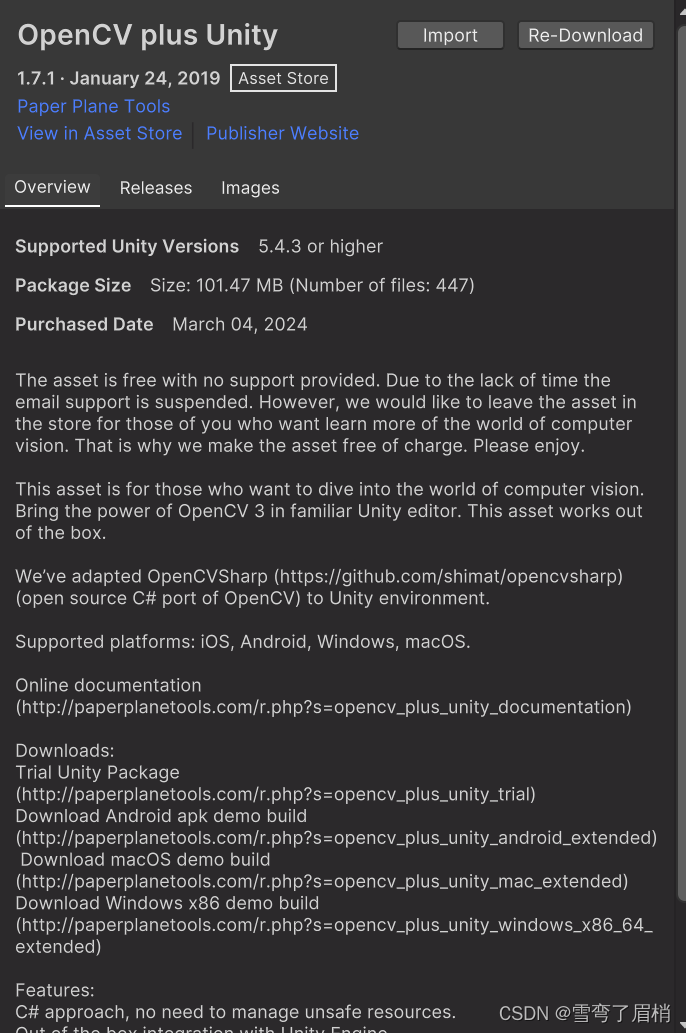
二、图像处理应用程序的创建
1. 实时轮廓检测
我们将使用 OpenCV 在 Unity 中实现实时轮廓检测。CountourFinder.cs将捕获摄像头输入,并使用 OpenCV 查找图像中的轮廓。检测到的轮廓将被用于在 Unity 中绘制形状,并且可以与游戏对象进行交互。

// CountourFinder.cs 脚本
// 使用 OpenCV 在 Unity 中实现实时轮廓检测
using System.Collections;
using System.Collections.Generic;
using System.IO;
using OpenCvSharp;
using OpenCvSharp.Demo;
using UnityEngine;
using UnityEngine.UI; //继承 WebCamera 类
public class CountourFinder : WebCamera
{// 图像翻转模式[SerializeField] private FlipMode imageFlip;// 阈值[SerializeField] private float threshold = 96.4f;// 曲线精度[SerializeField] private float curveAccuracy = 10f;// 最小区域[SerializeField] private float minArea = 5000f; // 多边形碰撞器[SerializeField] private PolygonCollider2D polygonCollider; // 切换按钮[SerializeField] private Toggle toggle;private Mat _image; // 图像private Mat _processImage = new(); // 处理后的图像private Point[][] contours; // 轮廓private HierarchyIndex[] _hierarchy; // 层级private Vector2[] vertorList; // 点的列表// 重写 ProcessTexture 方法,处理图像纹理protected override bool ProcessTexture(WebCamTexture input, ref Texture2D output){// 将输入的图像纹理转换为 Mat 类型_image = OpenCvSharp.Unity.TextureToMat(input); // 翻转图像Cv2.Flip(_image, _image, imageFlip); // 转换为灰度图Cv2.CvtColor(_image, _processImage, ColorConversionCodes.RGB2GRAY); // 阈值化Cv2.Threshold(_processImage, _processImage, threshold, 255, ThresholdTypes.BinaryInv); // 查找图像中的轮廓Cv2.FindContours(_processImage, out contours, out _hierarchy, RetrievalModes.Tree, ContourApproximationModes.ApproxSimple, null); // 重置碰撞器路径数polygonCollider.pathCount = 0; // 遍历每个轮廓foreach (Point[] contour in contours){// 近似多边形Point[] points = Cv2.ApproxPolyDP(contour, curveAccuracy, true); // 计算轮廓面积var area = Cv2.ContourArea(contour); // 如果面积大于最小面积if (area > minArea) {// 绘制轮廓DrwaContour(_processImage, new Scalar(127, 1271, 127), 2, points); // 增加碰撞器路径数polygonCollider.pathCount++; // 设置碰撞路径polygonCollider.SetPath(polygonCollider.pathCount - 1, ToVertor2(points)); }}if (output == null){// 将图像转换为纹理output = OpenCvSharp.Unity.MatToTexture(toggle.isOn ? _processImage : _image); }else{// 将图像转换为纹理OpenCvSharp.Unity.MatToTexture(toggle.isOn ? _processImage : _image, output); }return true; // 返回 true}// 将 Point 数组转换为 Vector2 数组private Vector2[] ToVertor2(Point[] points){vertorList = new Vector2[points.Length]; for (int i = 0; i < points.Length; i++) {// 将点转换为 Vector2vertorList[i] = new Vector2(points[i].X, points[i].Y); }return vertorList; }// 绘制轮廓private void DrwaContour(Mat image, Scalar color, int thickeness, Point[] points){for (int i = 1; i < points.Length; i++) {// 绘制线段Cv2.Line(image, points[i - 1], points[i], color, thickeness); }// 绘制最后一条线段Cv2.Line(image, points[^1], points[0], color, thickeness); }
}2. 粒子发射器
在 Unity 中,我们可以创建一个粒子发射器,用于在场景中生成粒子效果。这个发射器可以与 OpenCV 实现的图像处理功能结合,根据检测到的图像特征来控制粒子的生成和运动。
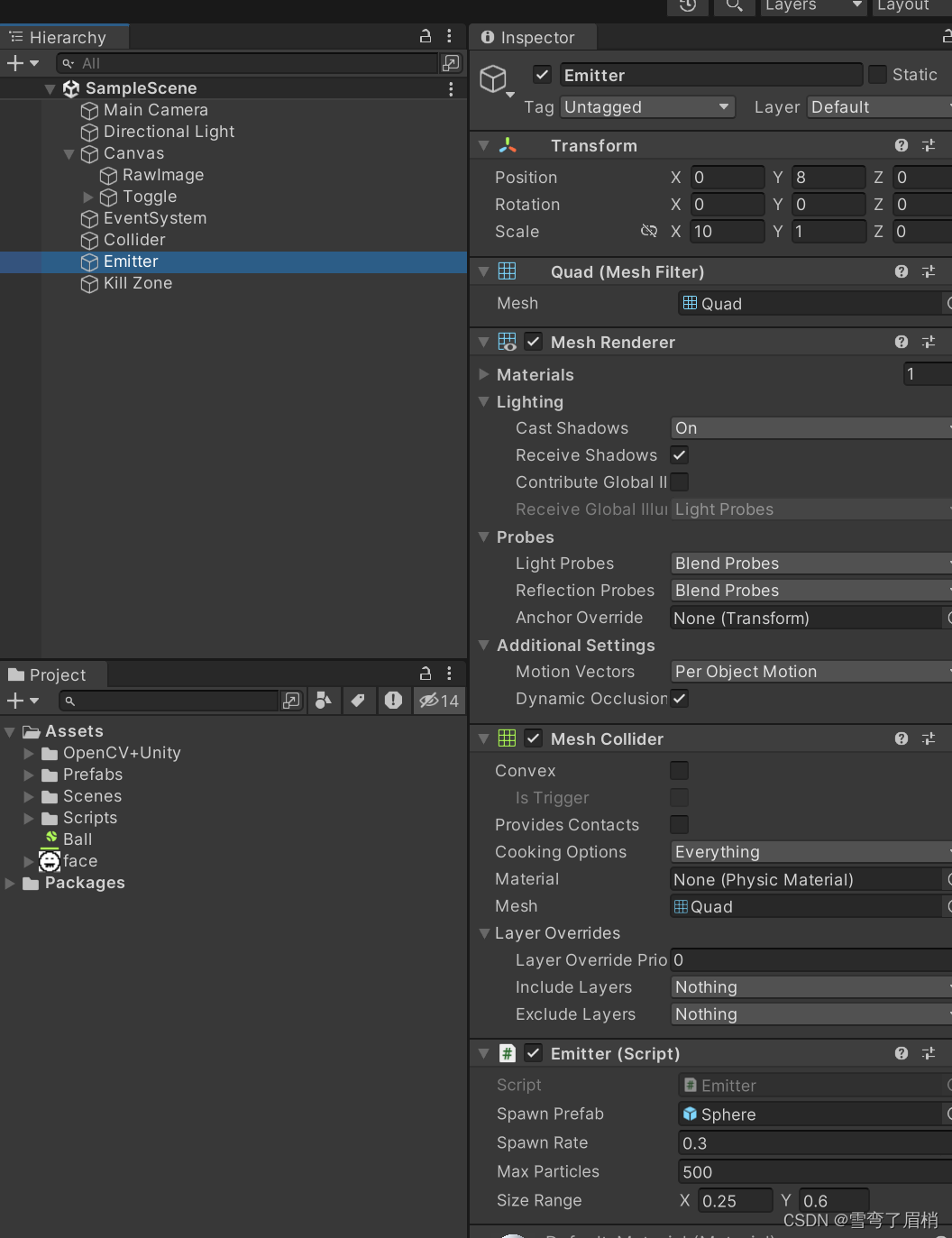
using System.Collections;
using System.Collections.Generic;
using UnityEngine;public class Emitter : MonoBehaviour
{[SerializeField] private GameObject spawnPrefab; // 生成的预制体[SerializeField] private float spawnRate = 0.1f; // 生成速率[SerializeField] private int maxParticles = 3; // 最大粒子数量[SerializeField] private Vector2 sizeRange; // 大小范围private GameObject[] _pool; // 对象池// Start is called before the first frame updatevoid Start(){InitializePool(); // 初始化对象池Spawn(); // 开始生成粒子}// Update is called once per framevoid Update(){}// 初始化对象池private void InitializePool(){_pool = new GameObject[maxParticles]; // 根据最大粒子数量创建对象池for (int i = 0; i < maxParticles; i++){var particle = Instantiate(spawnPrefab); // 实例化预制体particle.SetActive(false); // 初始时将粒子设置为不激活状态_pool[i] = particle; // 将粒子添加到对象池中}}// 生成粒子private void Spawn(){foreach (var particle in _pool){if (!particle.activeSelf) // 如果粒子不是激活状态{// 随机生成粒子位置,并转换为世界坐标系下的位置particle.transform.position = transform.TransformPoint(Random.insideUnitSphere * 0.5f);// 随机设置粒子大小particle.transform.localScale = Random.Range(sizeRange.x, sizeRange.y) * Vector3.one;particle.SetActive(true); // 激活粒子break; // 结束循环}}Invoke("Spawn", spawnRate); // 延迟 spawnRate 时间后再次调用 Spawn 方法}
}
3. 碰撞区域
最后,我们将在 Unity 中创建一个碰撞区域,用于检测粒子与特定区域的碰撞。当粒子进入碰撞区域时,将触发特定的事件,例如使粒子消失或触发特效。

// KillZone.cs 脚本
// 在 Unity 中创建碰撞区域,用于检测粒子与特定区域的碰撞using System;
using System.Collections;
using System.Collections.Generic;
using UnityEngine;public class KillZone : MonoBehaviour
{private void OnTriggerEnter2D(Collider2D col){col.gameObject.SetActive(false);}
}三、效果

四、总结
结合 OpenCV 和 Unity 可以实现许多有趣和创新的项目。通过利用 OpenCV 在 Unity 中的集成,我们可以创建出令人惊叹的图像处理和游戏开发应用程序。无论是学习者还是专业开发者,都可以从这种结合中受益,并创造出令人印象深刻的作品。
